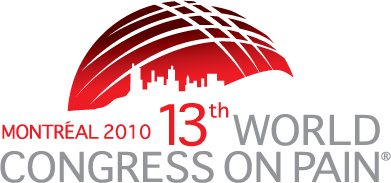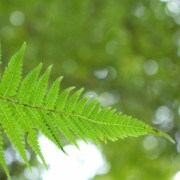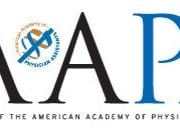Experiencing TMJ disorder (TMD or TMJD) can turn even the joy of biting into your favorite chocolate bar into a painful ordeal. TMJ disorder is a condition affecting the temporomandibular joint, which connects your jaw to the skull. This joint’s dysfunction can lead to a range of symptoms, impacting one’s quality of life. Symptoms may include recurring headaches or migraines, tooth pain, and jaw discomfort to name a few.
Common treatments include occlusal splints, physical therapy, and medication with a various degree of success. But there’s an alternative on the horizon. A systematic review by Cho and Whang, published in the Journal of Orofacial Pain, shines a light on acupuncture. This ancient Chinese treatment shows promise in offering relief for TMD.
Their review published in Journal of Orofacial Pain encompassed 19 randomised controlled trials. The results were compelling. Acupuncture outperformed physical therapy and was more effective than both indomethacin plus vitamin B1 therapy and a wait-list control. Importantly, it was deemed safe, with no serious adverse events reported.
Acupuncture was compared against placebo in three studies. Again, the findings were strikingly persuasive. The therapeutic effects were notably beyond just a placebo effect.
Yet, the journey of understanding doesn’t end here. The review underscores the need for more comprehensive trials, with larger participant numbers and a focus on long-term results. This will deepen our understanding of acupuncture’s role in treating TMD, further integrating it into modern healthcare.
Acupuncture stands out as a natural, safe, and effective option for TMJ pain. In the realm of TMJ solutions, there’s a subtle but significant shift happening towards holistic treatments. Our acupuncture method, merging ancient wisdom with modern evidence, is at the forefront of this change.
If you or someone you love is struggling with the painful symptoms of TMJ disorder, the acupuncture we provide may offer the relief you’ve been seeking. This is our field of expertise – don’t miss out on our unique approach to TMJ relief. Meet our Auckland team and schedule a consultation with a qualified acupuncturist today. Take the first step towards a pain-free, balanced future. Your journey to wellness starts now.



